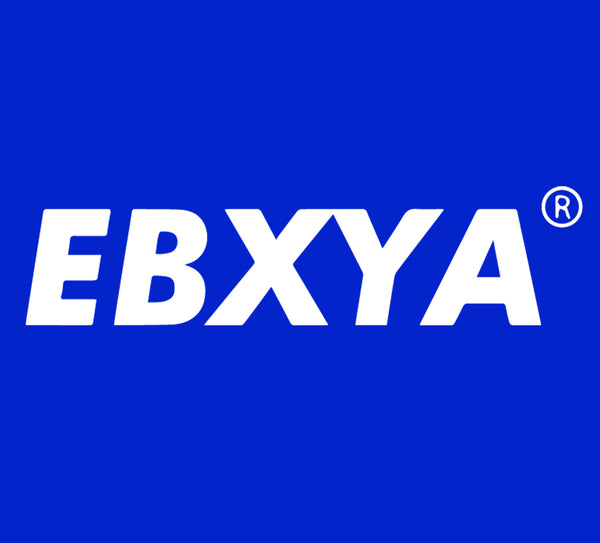
The Ultimate Guide to Pedal Chain Order
Share
As a guitarist, building your pedalboard is an exciting journey filled with endless possibilities for crafting your unique sound. One crucial aspect of pedalboard construction is arranging your pedals in the correct order, known as the pedal chain.
Understanding Pedal Chain Order
The order in which you place your pedals can significantly impact your overall tone. The general rule of thumb is to place your pedals in the following order:
-
Tuning Pedal: Place your tuner pedal first in the chain to ensure that your guitar signal is clean and unaffected by other pedals.
-
Dynamic Effects: Next, place dynamic effects such as compressors and wah pedals. These pedals can help shape your guitar's signal before it reaches other effects.
-
Drive and Distortion: Place your overdrive, distortion, and fuzz pedals next in the chain. These pedals can add grit and saturation to your tone, so placing them early in the chain can help preserve their integrity.
-
Modulation Effects: Modulation effects such as chorus, flanger, and phaser pedals can be placed next. These pedals can add movement and depth to your tone.
-
Time-Based Effects: Delay and reverb pedals should be placed at the end of the chain. These pedals add space and ambiance to your sound, so placing them last allows them to affect the entire signal chain.
-
Volume Pedal: If you use a volume pedal, it should be placed at the end of the chain, just before the signal reaches your amplifier. This allows you to control the overall volume of your signal.
Experimentation and Personalization
While the above order is a good starting point, it's essential to remember that there are no strict rules when it comes to pedal chain order. Experimenting with different arrangements can lead to unique and exciting tones. Additionally, personal preference plays a significant role, so feel free to rearrange your pedals to suit your playing style and tone preferences.
Arranging your pedals in the correct order is crucial for achieving the best possible tone from your pedalboard. By following the general guidelines outlined above and experimenting with different arrangements, you can create a pedal chain that complements your playing style and helps you achieve your desired sound. Remember to have fun and let your creativity guide you as you build and refine your pedalboard setup.
